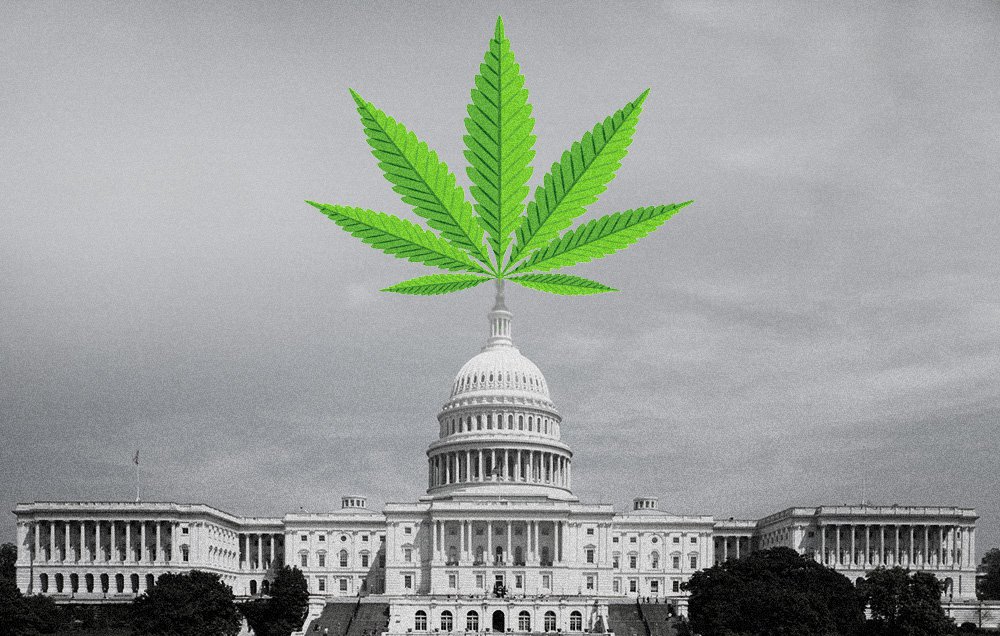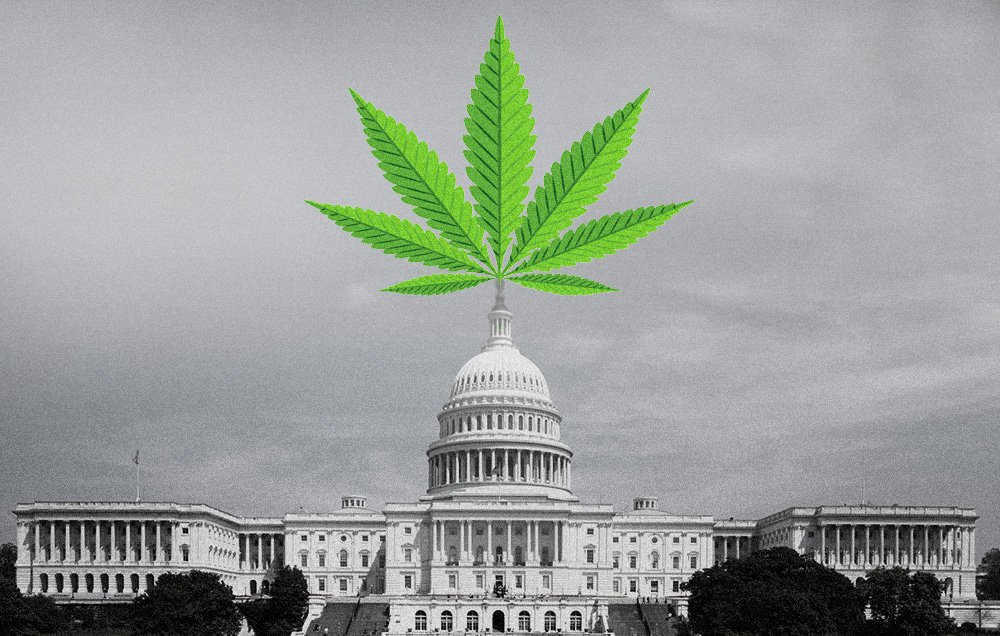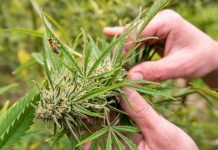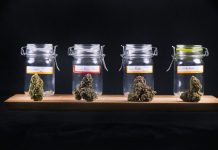Marijuana has been used medicinally for thousands of years, but since about 1900, the plant has been politicized and vilified to the point that current decisions about it are still being impacted by decisions made a century ago. Our contributor Bob Conrad of ThisisReno takes a historic look back at the drug and the controversy surrounding it.
The Depression years were pivotal for marijuana in the United States. Although a few states criminalized marijuana prior to the ’30s, a full bore effort took hold legislatively in ’37, around the time the scare film Reefer Madness was being distributed around the states.
The 1937 Marijuana Tax Act made it extremely expensive for doctors to prescribe marijuana to patients, and within a year, marijuana was effectively eliminated from the legal American marketplace.
The Act was adopted despite the American Medical Association testifying against it.
“You go back and you ask, why was marijuana, which seems such a harmless drug, especially compared to alcohol, why was it illegal in the first place?”
Political analyst Sean Trende posed that question while speaking on a Brookings Institution panel a few years back. He said then that the historic Marijuana Tax Act had a clear racial component.
“The answer is that it was brought to America by Mexican-American farm workers, largely. It was perceived as being used by African-Americans, and we treated it as a street drug. This is the way that it was framed to the Silent Generation,” Trende explained.
The politicized depictions of marijuana in the past have impacts on today’s recreational and medical use of the plant. While pot remains a Schedule I drug that’s federally illegal, it is difficult to research its potential health benefits. A senate caucus, including U.S. Democratic Senator Cory Booker from New Jersey, examined this issue in 2015.
“Right now, we have a choke point on the source and the researchers unable to get it,” Booker said. “And a schedule change may not have the grand difference that people want, but it has the ability for the research to be done.”
How marijuana ended up in the Schedule I tier goes back to the era of President Richard Nixon. At the time, the president called marijuana a scourge. He also blamed blacks, Jews and the political left, sentiments secretly recorded in the Oval Office in the early 1970s.
Nixon’s official message to Congress in 1969 was that it was a threat to society, creating addicts around the county. Marijuana temporarily became a schedule 1 substance with the passage of the Controlled Substances Act of 1970.
Congress, however, indicated that it needed more information before making that listing permanent. Nixon then created what was called the Shafer Commission.
“What happened, after looking at all the science, the commission came back and said marijuana should be decriminalized for adult use, at least an ounce for personal use,” explains Chris Conrad, an author and professor at Oaksterdam University. He has been behind marijuana legalization efforts for three decades.
“It’s not like this is just a new drug,” Conrad says. “This is something that is a common part of human history that was just, for a hundred years, has been pushed aside and deliberately stigmatized and kept away from people.”
Despite the commission’s findings, President Nixon wasn’t swayed and promptly declared a war on drugs.
Decades later, a number of states, including Nevada, are making marijuana sales for medical and recreational purposes legal, despite the plant remaining illegal under federal law. The Center for Medicinal Cannabis Research at UC Davis has conducted a handful of studies that show marijuana may have therapeutic value, but a lack of clinical trials in the U.S. means that this is all based primarily on a wealth of anecdotes.
News Moderator: Ron Strider 420 MAGAZINE ®
Full Article: Why Was Pot Banned To Begin With? | KUNR
Author: Bob Conrad
Contact: Contact KUNR | KUNR
Photo Credit: Shutterstock
Website: KUNR















